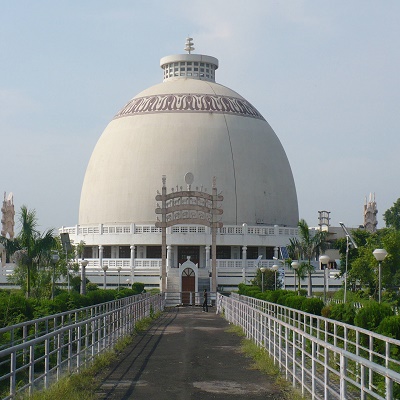Nagpur Travel and Tourism Guide
The present city was founded in the early 18th century by Bhakt Buland, a Gond prince of the kingdom of Deogad in the Chhindwara district. Seeing the advantage of civilized life in Delhi, he started to build Nagpur as his new capital. His successor Chand Sultan continued the work. On Chand Sultan's death in 1739, disputes regarding succession arose and Raghuji Bhonsle, the Maratha governor of Berar, helped to restore the elder son to the throne. As the dissentions continued, Raghuji Bhonsle again intervened in 1743, and the control of Nagpur slowly passed on from the Gonds to the Marathas. It became the capital of the Bhonsles. With the Bhonsle dynasty came the vast class of cultivators in Vidarbha. Raghuji's successors lost some territories to the Peshwas of Pune and the Nizam of Hyderabad. In 1803, Bhonsles (along with their allies Scindias [Shinde] of Gwalior) at Assaye and Argaon (Argaum). In 1811 Pindaris attacked Nagpur. Bhonsles again lost to the British in 1817 and Nagpur came under British influence. In 1853 Raghuji III died without an heir to his kingdom. As a result, the city lapsed into British control under Lord Dalhousie's Doctrine of Lapse. { This policy was one of the reasons which led to the Indian War of Independence [Sepoys' Mutiny : as referred to by the British] in 1857. In 1861, Nagpur became the capital of the Central Provinces. The advent of the Great Indian Peninsula Railway (GIP) in 1867 spurred its development as a trade centre. After Indian independence, Nagpur became the capital of Madhya Bharat state (C.P. and Berar). In 1960, the marathi majority Vidarbha region was merged with the new state of Maharashtra and Nagpur was designated the second capital of Maharashtra state, alternating with Bombay as the seat of the Maharashtra state legislature.







